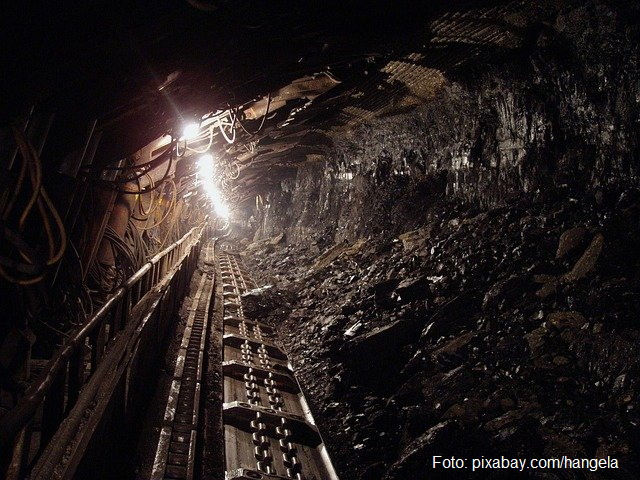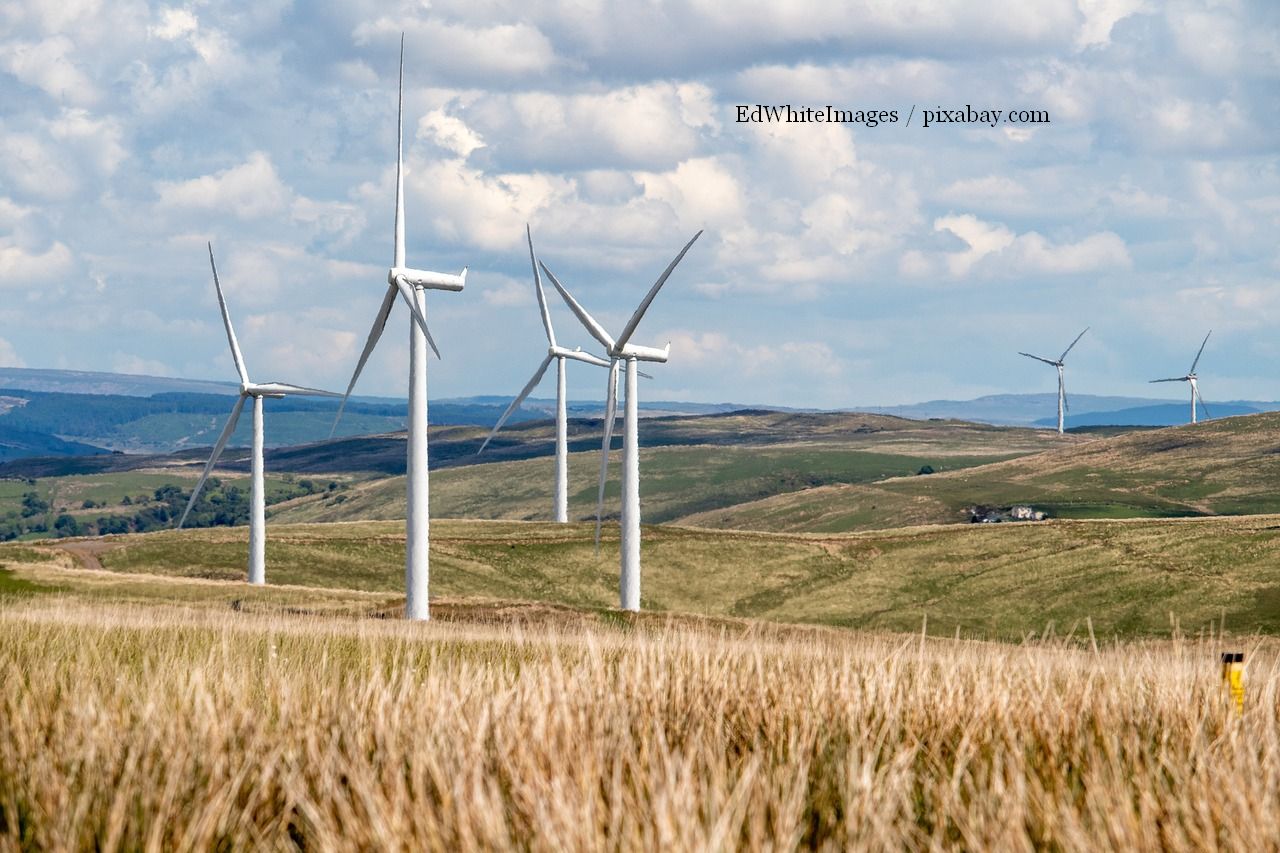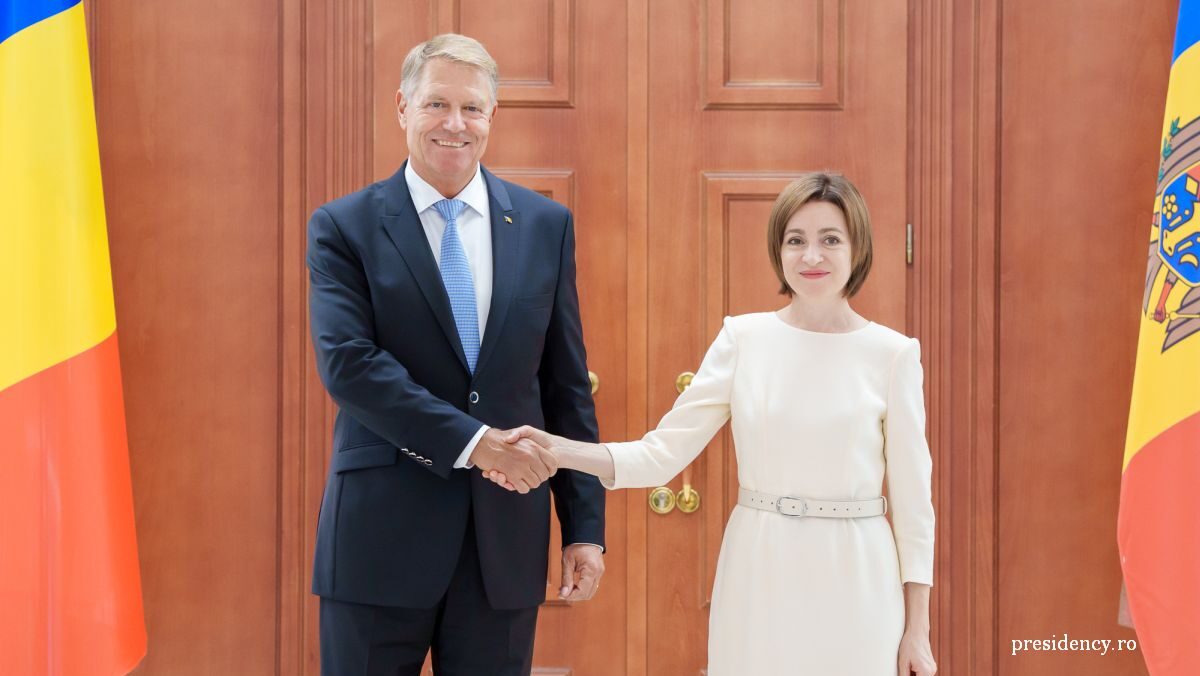Prospects for the Extraction Industry in Romania
Romania is a country with a long tradition in mining, which is still producing much of its energy with coal

Corina Cristea, 05.03.2021, 16:14
The European Ecological Pact is a strategy for the gradual transformation of Europe into a carbon neutral zone by 2050. This is envisaged to be achieved by a variety of means, such as investing in low emission technologies and support for the industrial sector, to introducing low pollution means of transportation, to the streamlining of buildings, to collaboration with international partners for improving environmental standards all over the world. Another main objective is reducing carbon emissions in the energy sector, which could have a major impact on Romania, a country with a long tradition in mining, and which is still producing its energy with coal. Right now, Romania uses the coal it extracts in thermal plants concentrated in two companies in the south of the country — Oltenia and Hunedoara. Before 1989, the mining sector in Romania employed around 100,000 people in around 450 mines, but in the last three decades, the situation has changed dramatically. Most mining operations were shut down, including the oldest coal mine in Romania, which opened in Petrila in 1859. Official data shows that in 2017 the mining sector employed as few as 3,000 people. Since then, a few more mines have shut down. The low price of coal and the high costs incurred by obsolete extraction technology, the lack of investments in streamlining, and the rising costs of conformity with environmental standards are the main reasons for closing the mines. Bucharest should come up soon with a plan to eliminate coal completely in energy production, because this resource has no future, said the vice-president of the EC. Romania has funds to achieve this, said Frans Timmermans, and if the money for transition will be used intelligently, jobs will be created for the laborers that are made redundant.
This issue was talked about on Radio Romania with Mihai Melczer, a mining expert and former CEO with Hunedoara Energy Complex:
“Normally, when costs rise beyond being able to handle it, and it is no longer profitable to dig up coal, you dont just continue doing it for its own sake. You steer towards energy sectors that reduce costs, increase revenue, and provide a prosperous life. The coal veins in Jiu Valley are difficult to exploit. They dont allow for using advanced technologies. Nature has not been as kind to us regarding mining as it has been to Poland. For us, things are more complicated. Continuing mining would mean colossal amounts of money buried in the ground, which is completely unjustified.”
This money would be better spent on a sustainable future. What is certain right now, according to Mihai Melczer, who was also an adviser with the Energy Ministry, is that the entity called Hunedoara Energy Complex has its days numbered:
“This is an organism that is brain dead, supported by subsidy, with state aid, from the Romanian government, using taxpayer money. As far as I know, the Ministry of Energy wants to create two new entities out of that structure: the future Jiu Valley Energy Complex, to include four mines and the Paroseni thermal plant, on one hand, and the Mintia thermal plant on another. I say it with regret, they will be in the red the moment they are created, and these entities will continue needing direct or hidden subsidies from the Romanian state, because they wont be able to function otherwise. I believe this is what will happen. I would be glad for this to continue as long as they come up with programs for diversifying the activity of those entities.”
At the same time, Mihai Melczer points out the social consequences. He said it is natural for a decaying and shrinking industry to be replaced with something, because this has to do with peoples livelihood, because every individual there has the right to an honest and prosperous life. Among the projects to support these areas, which need reorientation, is setting up Renew Acad in Petrosani, an institution for vocational training in renewable energy sources and power distribution. This ample project is a regional center that would allow the inhabitants of Jiu Valley to choose another career than that in mining. Another project focuses on hydrogen, one of the fuels of the future. Again, Mihai Melczer:
“Another very important project, which has stalled at a certain point, unfortunately, was developed by the Valcea Cryogenics Institute. This is the hydrogen hub built around the Paroseni thermal plant. Jiu Valley has a major energy infrastructure in that power plant and its transformer stations, as well as its power lines. In my vision, these have to be banked on, not wasted.”
This is the reason for which the hydrogen hub was envisaged, in order to modernize the Jiu Valley energy complex.






























